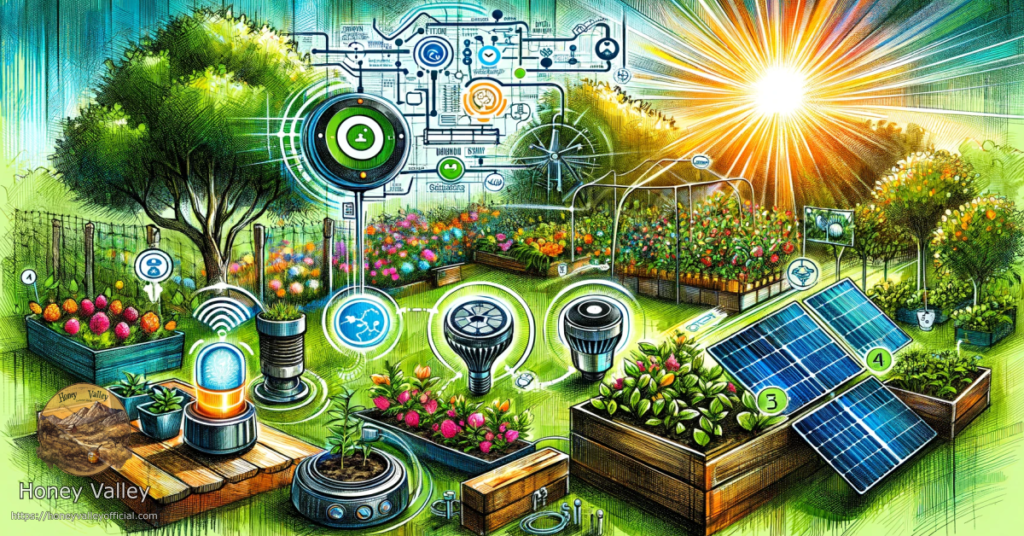When it comes to indoor gardening, one of the most common questions that arises is whether normal soil can be used to grow plants indoors. While outdoor gardening often involves using soil from the garden, indoor gardening requires a slightly different approach. In this article, we will explore the suitability of normal soil for indoor plant growth and discuss alternative options that can be used to ensure successful indoor gardening.
The Challenges of Using Normal Soil Indoors
Normal soil, also known as garden soil or topsoil, is typically composed of a mixture of sand, silt, clay, and organic matter. While it is suitable for outdoor gardening, it may not be the best choice for indoor plant growth due to several reasons:
1. Drainage
Indoor plants require a well-draining growing medium to prevent waterlogged roots, which can lead to root rot and other plant health issues. Normal soil may not provide adequate drainage, especially if it contains a high percentage of clay. This can result in water retention and hinder the plant’s ability to absorb nutrients effectively.
2. Compaction
Normal soil tends to become compacted over time, especially when used in pots or containers. Compacted soil restricts root growth and can impede the plant’s access to oxygen and nutrients. This can negatively impact the overall health and growth of indoor plants.
3. Pests and Diseases
Using garden soil indoors can introduce pests, weed seeds, and pathogens into your indoor environment. These can harm your plants and create an unfavorable growing condition. Additionally, normal soil may not have the necessary nutrients and pH balance required for optimal indoor plant growth.
Alternative Options for Indoor Plant Growth
Fortunately, there are alternative options available that can provide a more suitable growing medium for indoor plants:
1. Potting Mix
Potting mix, also known as potting soil or container mix, is specifically formulated for container gardening, including indoor plants. It is a lightweight and well-draining mixture that typically consists of a combination of peat moss, vermiculite, perlite, and organic matter. Potting mix provides the necessary nutrients, aeration, and drainage required for healthy indoor plant growth.
2. Soilless Mix
Soilless mixes are growing media that do not contain any soil. They are often composed of a combination of materials such as peat moss, coconut coir, perlite, vermiculite, and compost. These mixes offer excellent drainage, aeration, and moisture retention capabilities, making them ideal for indoor gardening.
3. Hydroponics
Hydroponics is a soilless method of growing plants that relies on a nutrient-rich water solution instead of soil. This method allows for precise control over nutrient levels and eliminates the risk of soil-borne pests and diseases. Hydroponics can be a highly efficient and space-saving option for indoor gardening.
Conclusion
While normal soil may not be the best choice for indoor plant growth due to its drainage, compaction, and potential for introducing pests and diseases, there are alternative options available that can provide a more suitable growing medium. Potting mix, soilless mixes, and hydroponics offer better control over moisture, nutrient levels, and overall plant health. By choosing the right growing medium for your indoor plants, you can create an optimal environment for their growth and enjoy the benefits of indoor gardening.


